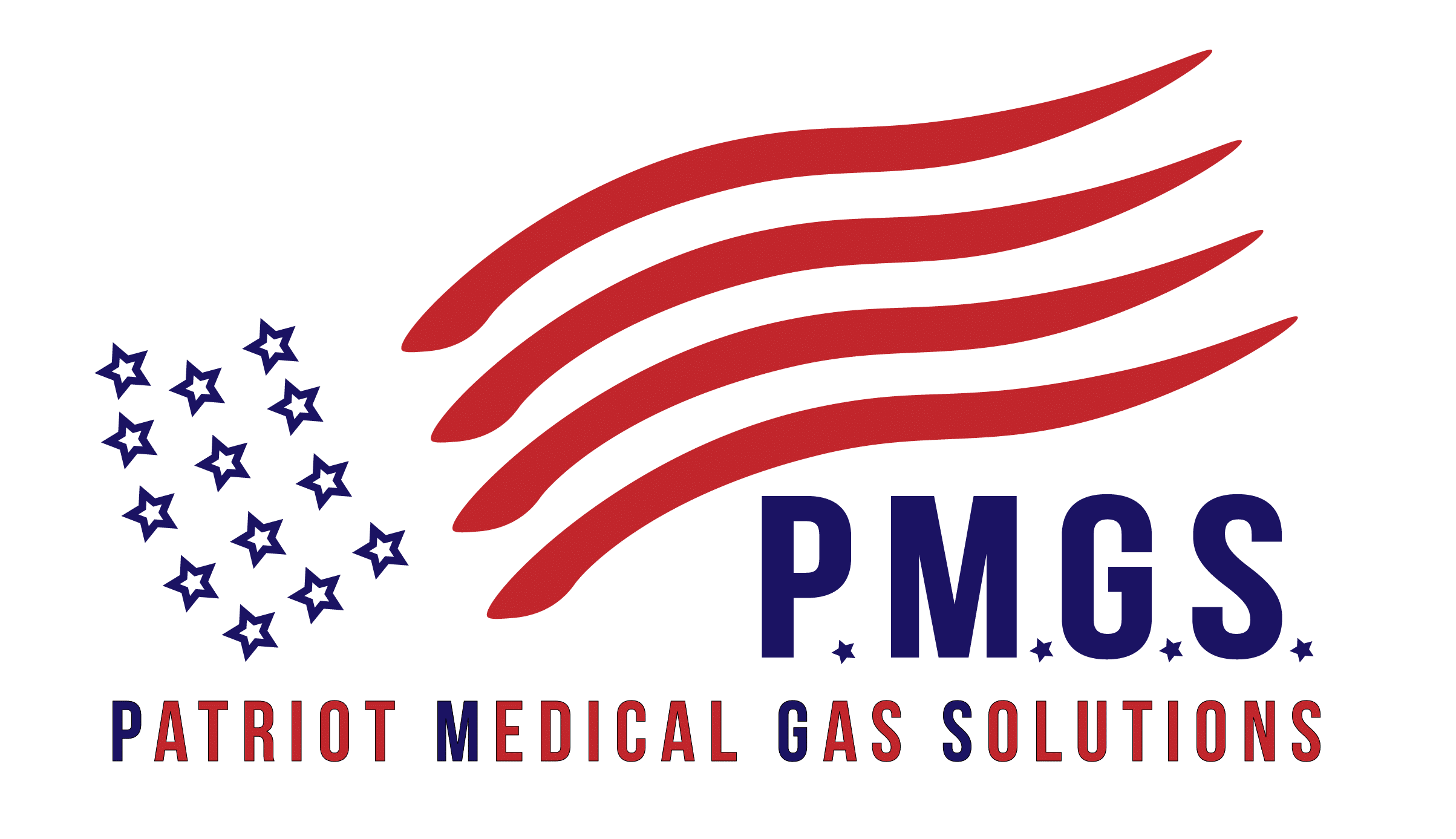
My name is Scott Penix. I am a credentialed ASSE 6030 Medical Gas Verifier for Patriot Medical Gas Solutions, LLC. I was recently brought in to perform a medical gas verification in which I always include an in-wall inspection. I have been asked many times over the years as to why I insist on performing these inwall inspections as part of our medical gas verification process. The answer is as simple as, the NFPA 99 code standards require it, but really, it goes much deeper than that. During an in-wall inspection, I am looking closely at the piping layout, pipe sizing, the proper labeling, proper support, etc. This is a great opportunity to catch small errors before the sheetrock goes up and the small errors become costly re-piping and re-finishing jobs. It is also a great opportunity to see the installer’s real work, not just the parts visible when the final tie-in connection is made. It is a fact, we can all get complacent or even sloppy with our work, especially when installing on large projects. This gives me the chance to see how the installer performs on the whole project and not just the small portions that I would see at the final verification inspection.
So, back to this in-wall inspection that I was performing recently. As the plumber was showing me the layout, I noticed a very unique configuration on the piping when the main line was tee’d to go to each side of the zone. I can’t say that it was the first time I’ve seen a configuration like this, but I can say that the plumber’s reasoning for it really resonated with me this time. You see, he made sure that as you traced the lines from the zone valve box, the Oxygen line was always on the left and the Medical Vacuum line was always on the right, all the way to the outlets/inlets on the wall. He said that he did this to ensure that he never cross connected the lines since during the installation, the pipes aren’t labeled.
Now, this was a smaller zone with only 6 beds, so the added fittings that he used to do this probably only costs his company an additional $20.00 and the efforts to make the additional turns probably costs another ½ hour. I couldn’t help but think about just how a little extra effort and investment could potentially save lives! For such a small price, this professional ensured that he couldn’t possibly cross-connect the lines. How refreshing is that? In a world where these types of projects have such small margins, this professional Medical Gas Installer went above and beyond to do the right thing, regardless of the cost to his bottom line.
This was just one of many examples that I could have given, where going above and beyond exemplified value adding to a job. If you, the reader, are a director of engineering, maintenance, or facilities, wouldn’t you want all of your contractors to exhibit this kind of attitude on all of the projects you hire them in for? If you are a contractor, whether an installer, medical gas verifier, electrician, or whatever, I hope that you will see the value you can bring to your customers by taking the extra steps to go above and beyond.
– Scott Penix
ASSE 6030 Medical Gas Verifier
Editor’s Note:
To our Readers, it is my sincerest apologies that we haven’t put any articles out in such a long time. As a small business owner, I am often tasked with wearing all the hats at one point or another within a day’s time. In order to avoid such long gaps in these articles in the future, I have challenged my employees with writing an article or at least coming up with an idea and offering some support data to help me get these out more often. In this edition, my lead technician and fellow ASSE 6030 Medical Gas Verifier, Scott Penix, offered a nice article to help remind all of us that doing more than just the bare minimum makes so much more sense and adds true value to our customers. Thank you, Scott, for taking your time to share your thoughts!
– Dave Osborn
